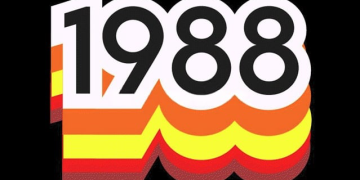Jorge Garay
2024-07-30 09:56:32
www.wired.com
THIS STORY ORIGINALLY appeared on WIRED en Español and has been translated from Spanish.
Traditionally, the athletics track in an Olympic stadium is red. However, at the 2024 Summer Olympics, it’s purple, to match the event colors chosen by the Paris organizing committee. But there’s another difference: It’s made with recycled shells produced by the fishing industry, as part of the 2024 Olympics’ commitment to sustainability.
Resilient flooring, such as running-track flooring, is made using calcium carbonate, which is usually obtained through mining. Instead, the company that designed the track for the 2024 Summer Olympics, Mondo, teamed up with a fisher’s cooperative to gather shells of bivalve mollusks from the Mediterranean Sea, such as mussels and clams, which are rich in the material. The shells would’ve otherwise gone to waste.
The track is functionally the same as a traditional one, with the aim being to consolidate the creation of a new, resilient, sustainable sports flooring.
Stadium staff work on the long jump track inside the Stade de France.Photograph: Richard Heathcote/Getty Images
Mondo teamed up with Nieddittas, an Italian fishing cooperative specializing in mollusks, to get the materials it needed. Its fishers cleaned and dried waste shells from harvested mussels and clams, grounded them into a fine powder, and sent the material to the flooring manufacturer to make the track. The scientists in charge of the project worked on perfecting the technique for three years.
The sports industry can reduce its ecological impact by using seashells this way. Mining of limestone and marble to gather calcium carbonate produces carbon emissions, as well as mining waste. According to Mondo, the construction of a track using biogenic calcium carbonate offsets the emissions of a Euro 4 diesel vehicle driving 60,000 kilometers. “The project serves as a forward-looking example of a long-term commitment to sustainability and local communities,” Nieddittas said in a press release.
Source Link















































![[Download] Intuitive 3D Modeling | Abstract Sculpture | FLIGHT | DANA KRYSTLE](https://techcratic.com/wp-content/uploads/2025/08/1755630966_maxresdefault-360x180.jpg)








































![[DEBUT COVER] Intergalactic Bound – Yunosuke / CircusP [MIKU EXPO 10th]](https://techcratic.com/wp-content/uploads/2025/08/1755598927_maxresdefault-360x180.jpg)

.jpg)








